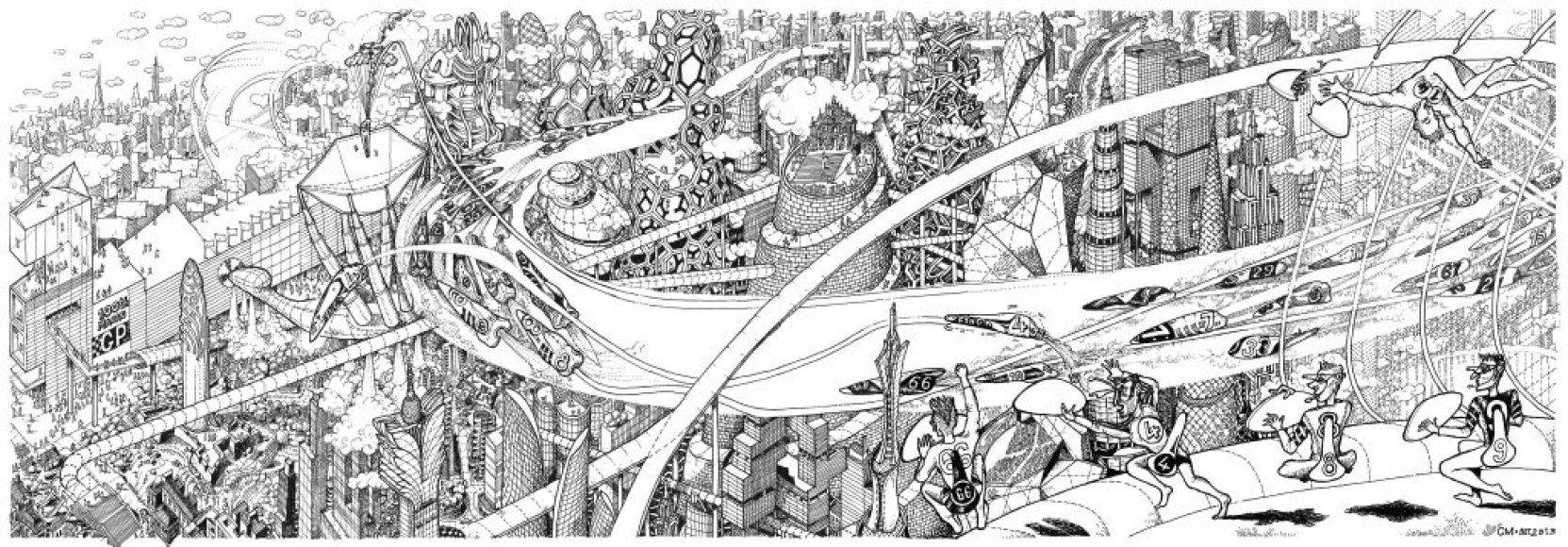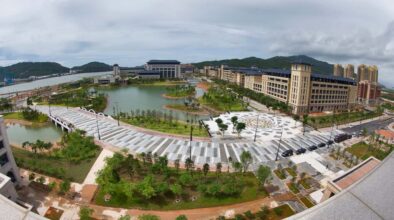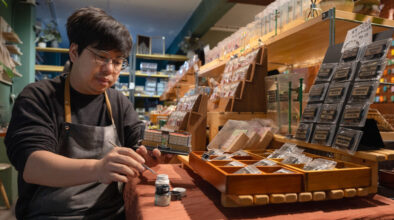The next 20 years and further into the future: how will Macao change and develop?
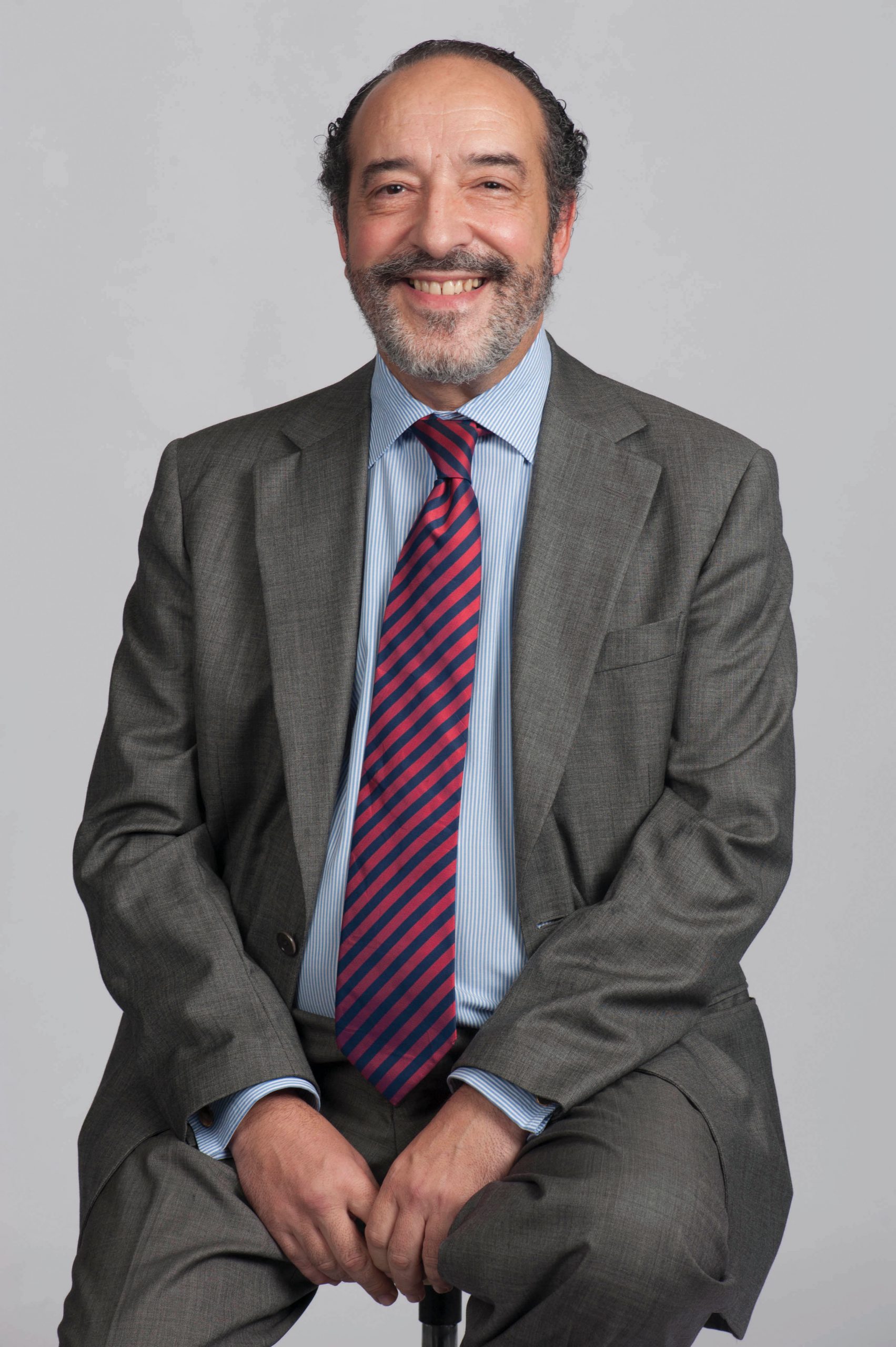
The future looks bright for the Special Administrative Region of Macao. Already boasting the second highest GDP per capita in the world, as well as a strategic place in China’s grand plans for the Greater Bay Area, the city is expected to experience further growth and many changes in the decades to come.
But what do the experts reckon will happen? While they can’t quite predict whether there will be flying cars zooming across Macao’s skies, they can forecast how economically prosperous the city will become over the next 20 years and beyond and they can also look at how tourism will change in a metropolis where visitors already outnumber locals by at least 20 to one. Given Macao’s meteoric rise over the past couple of decades, can this great city become even greater?
Over the following pages in this special issue on the 20th anniversary of the establishment of the SAR, different topics are discussed with a view, in part, to the past 20 years but with a real focus on what the future holds in store for the city. Topics include gastronomy, tourism, arts, the economy, the gaming industry and Macao’s relationships with Greater Bay Area cities and Portuguese-speaking countries. But before they have their say, it’s worth looking at the ‘greater picture’.
Back to the future
Historian and professor at the University of Macau, António Vasconcelos de Saldanha, says that it is impossible to look at the future of the SAR without seeing the ‘greater picture’. “I believe,” he says, “that the solution for some of the problems faced in the past will be found in the integration of Macao in the Greater Bay Area. I would go as far as to say that this integration could – and should – allow the city to streamline all of its resources to assist Mainland China in its regional development.”
The Greater Bay Area is, for some, one of the ‘great challenges of the 21st century’ for its member cities and regions. Guangzhou, Shenzhen, Zhuhai, Foshan, Huizhou, Dongguan, Zhongshan, Jiangmen and Zhaoqing in the province of Guangdong, as well as the Macao and Hong Kong SARs, fall under the GBA, which has a total area of 56,000 square kilometres and contains more than 70 million people. This will be an unprecedented common market as far as Macao is concerned.
Macao’s ‘One Country, Two Systems’ constitutional principle, which describes the governance of the SAR since 1999, allows it to take such an active part in the GBA. Ho Iat Seng, who becomes Macao’s fifth-term Chief Executive on December 20, has this year made references in interviews to his commitment to the principle and to the necessity of ensuring the ideal does not become ‘distorted’ in Macao. He has also stated he is confident to implement the principles of ‘Macao people governing Macao’ and the city having a high degree of autonomy – all concepts of major importance to the development of the SAR.
Journalist and local history author, João Guedes, says: “I believe that the greatest change still to come will be the integration of Macao into the GBA. This journey will bring changes at each stage. The effects of these changes will be more or less felt, depending on how Macao faces them. As of yet, however, there seems to be no great shadows on the horizon. Macao’s own geographical, demographic, economic and even cultural dimensions seem to be helping smooth the way.”
Housing and education
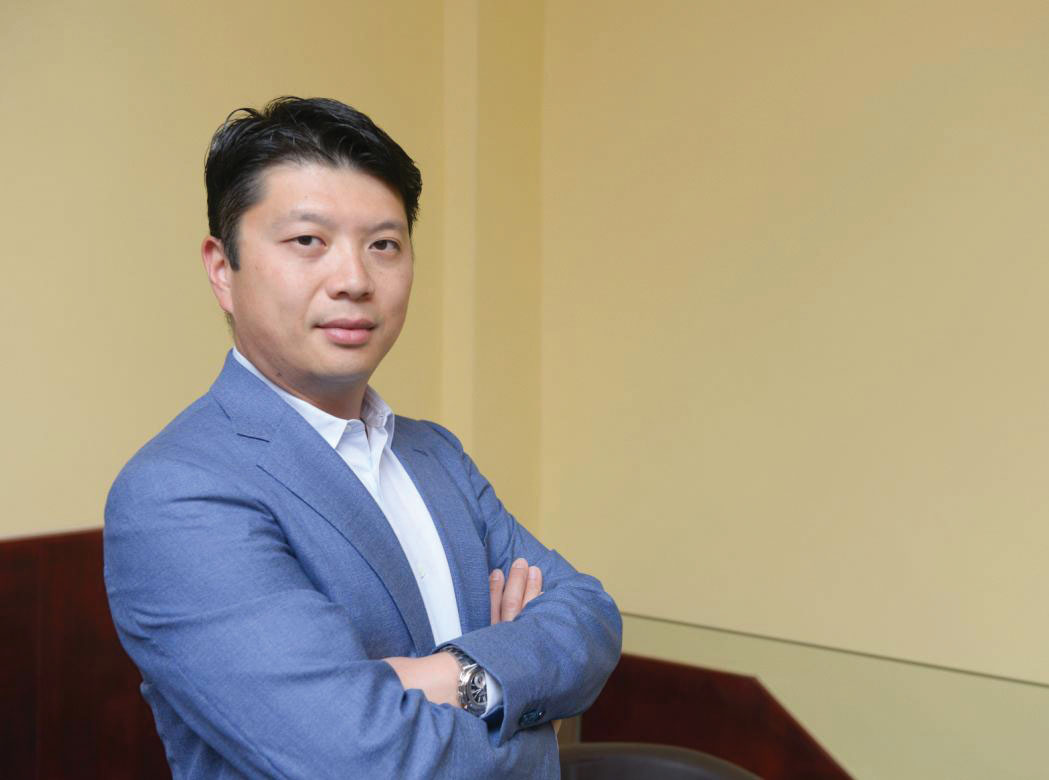
Chairman of the Industry and Commerce Association of Macau, Kevin Ho, has a positive vision of what the future holds, noting that ‘great strides were made over the past two decades’, particularly in education, for instance. He also says that the previous administrations have built a ‘great foundation’ on which the city is now able to ‘plant the future’ hand in hand with the ‘help of the central government’.
It is clear that people in Macao are now happier and more confident about the future. Solving the housing problem will allow them to feel more secure, especially the younger generations.
“In his official appointment ceremony speech,” says Ho, “soon-to-be Chief Executive Ho Iat Seng mentioned the most important aspect Macao has yet to resolve: housing. He clearly stated that the priority issue of the new government is specifically to speed up the construction of housing units in the New Landfill Zone.” Housing is being constructed in the new zone near the Hong Kong-Zhuhai-Macao bridge terminal.
“It is clear that people in Macao are now happier and more confident about the future,” continues Ho. “Solving the housing problem will allow them to feel more secure, especially the younger generations. The other problem yet to be addressed is that of improving healthcare but the construction of the new [public] hospital in Cotai will go a long way to solve it.” The Cotai Health Complex, which just saw its first and only building completed so far – a nursing college – was announced in 2010 but is yet to be wholly constructed.
Drawing inspiration
Flying cars may never rocket through the Macao skies as architect and artist Carlos Marreiros, who has more than 250 projects in Macao and abroad to his name, including a project which will transform the Old Court Building and Judiciary Police headquarters into the new Macao Central Library, predicts in his illustration (pictured on p21 and 22). But he notes that ‘innovation’ is the key in the future for Macao. “Innovation has to be the key word for any city to grow,” he says, adding that ‘innovation must also mean sustainable growth and urban planning’.
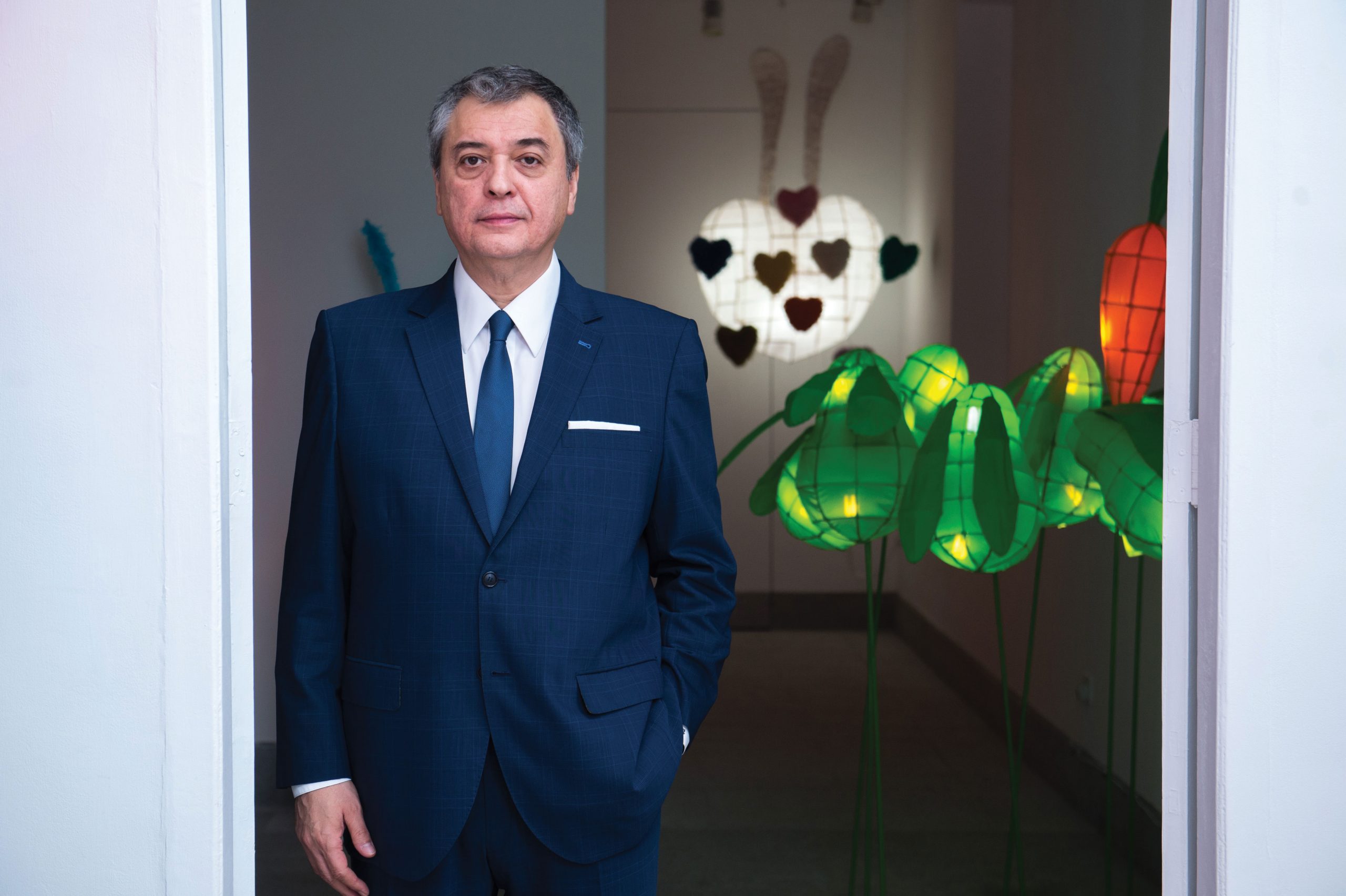
Marreiros mentions that Macao could potentially become a ‘smart city’ – an urban area dedicated to use technology to develop sustainable living, elevate living standards and improve urban planning – in the future, with the government promoting technology-related activities and improvement in the communications sector, for instance. And he also praises Raimundo do Rosário, Macao’s Secretary for Transport and Public Works, for doing ‘a great job in addressing a lot of the city’s problems’. In the architect’s view, however, there is still some work to be done in the near future. “I believe we need more of a holistic urban plan,” he says.
“I am not sure if we will ever see Macao as I idealised in that drawing,” continues Marreiros, pointing to his illustration, “but having been born and bred in the city, I’ve already seen a great many profound alterations to the SAR’s landscape.” He says, in the ‘city of the future’, he would like to see ‘the transformation of Coloane into the lungs of the city, with low-rising, organic architecture’ that’s complete with ‘sustainable energy and eco-friendly solutions’. He adds: “The government has done good work so far in improving the quality of life and providing the education [that’s] necessary [for Macao’s society]. We are truly able to do the best and have the best people doing it.”
Marreiros is optimistic about the future. “As long as there is the will to improve and the economic capacity to grow,” he concludes, “Macao can only continue to prosper. The Greater Bay Area has already proved to be a capable international player, matching the bay areas of Tokyo and New York. I have no doubts that my dearest city will have an important role to play.” And the Greater Bay Area is just one topic discussed by our expert team of writers over the following pages.
